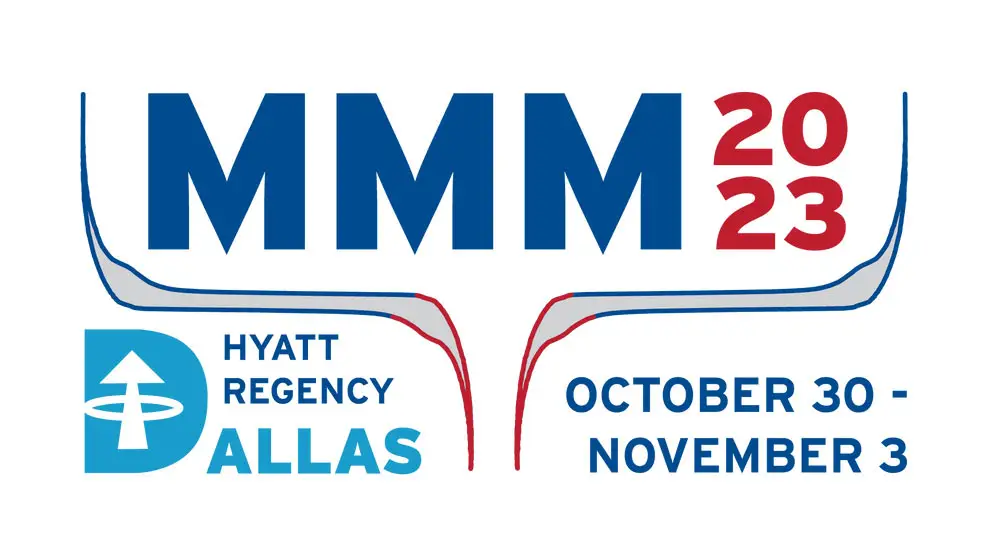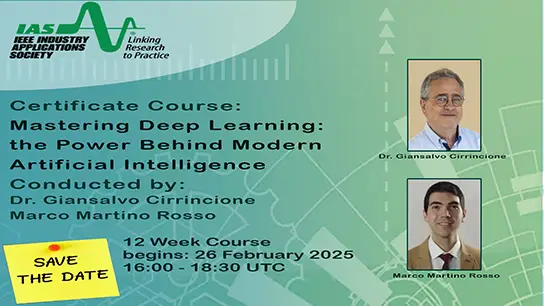CE-02: Field-free spin-orbit torque switching in synthetic antiferromagnetic system using interfacial Dzyaloshinskii-Moriya interaction
Y. Saito, S. Ikeda, N. Tezuka, H. Inoue and T. Endoh
Oral
26 Oct 2023
Charge-to-spin conversion via spin Hall effect has the potential to achieve efficient manipulation of magnetization by electrical current. However, there are two major challenges in realizing high-performance spin-orbit-torque (SOT) devices. First is that perpendicular magnetization is difficult to achieve SOT switching without an external magnetic field. Second is the need for heavy metal electrodes with both large damping-like SOT efficiency (ξDL) and low resistivity. Many methods have been proposed for observing the field-free switching and advance partially for SOT-based systems toward real applications. However, any new approaches utilizable toward real applications for simultaneous achieving of field-free switching and high SOT efficiency are still highly demanded and worthy of deep and systematic investigations. In this work, an interfacial Dzyaloshinskii-Moriya interaction is introduced into perpendicularly magnetized synthetic antiferromagnetic (AF) system [1-4] by changing the type of capping or underlayer in the [capping layer]/Co/Pt/Ir/Pt/Co/[underlayer] structures (Figs. 1(a) and 1(b)). The anomalous Hall effect and current-induced magnetization switching were measured by the 4-point probe method in a Hall cross (Fig. 1(c)) at room temperature. As shown in Figs. 2(a)–2(d), field-free switching in synthetic AF system is observed in the cases of W, Ta, Ir22Mn78 capping layers or Ir22Mn78 underlayer. Among the synthetic AF system with field-free switching, the Ir22Mn78 capping layer case shows the largest ξDL = 28.1%. We also found that the observed large ξDL is related to the enhancement of spin absorption in antiferromagnetic Co magnetization configuration in synthetic AF system compared to that in ferromagnetic Co magnetization configuration. In this presentation, we will discuss the possible mechanism for observed field-free switching and the design of the synthetic AF structures for future nonvolatile high-speed memories and logic circuits. This work was supported by the CIES Consortium, Spin-RNJ, RIEC, X-NICS (No. JPJ011438), and JSPS KAKENHI JP21K18189.References: [1] Y. Saito, N. Tezuka, S. Ikeda, and T. Endoh, Phys. Rev. B 104, 064439 (2021). [2] Y. Saito, S. Ikeda, and T. Endoh, Appl. Phys. Lett. 119, 142401 (2021). [3] Y. Saito, S. Ikeda, and T. Endoh, Phys. Rev. B 105, 054421 (2022). [4] Y. Saito, S. Ikeda, and T. Endoh, Appl. Phys. Exp. 16, 013002 (2023).



